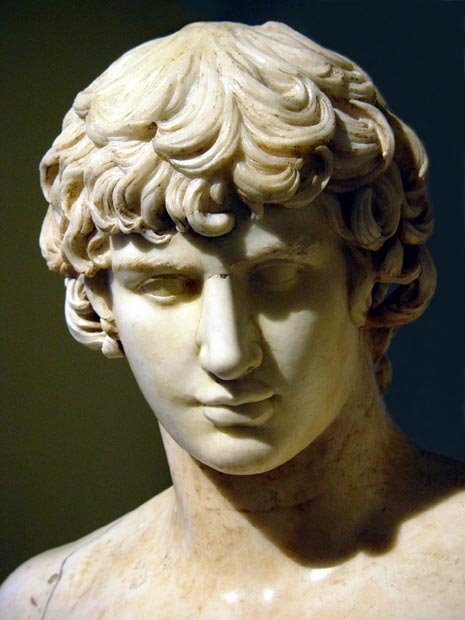I know I said I wouldn't post to this blog anymore, but I thought I should add my postings to the forums for National Novel Writing Month 2007. Here's the first one, in response to a question in the Fantasy Genre section on how writers develop their characters....
However I first imagine a character, or whatever the source that inspires me, or however I brainstorm ideas to flesh out the character, I make sure somewhere along the way to consider his/her role in the story, his/her goal(s), the obstacle(s) that will or that might stand in his/her way, etc.
Then, I look over these general ideas, which are my plans for the character, and try to turn this into the character's own perspective.
To me, the most important ingredient, and one to work on before writing the character into the story, is to identify the character's strength(s) and weakness(es). The strength will help him/her meet the goal, the weakness will work against him/her, make it difficult, or possibly even impossible. In order to draw on the strength, the character must first overcome the weakness. The weakness is a learning opportunity. The character may have the ability to overcome the obstacles and achieve the goal all along, but still the weakness will get in the way. Or, the strength is not strong enough, but overcoming the weakness will add to the strength in some sense. If you know the strength(s) and weakness(es), you know what will drive the dramatic tension surrounding that character. By the way, it's important to match up strengths and weaknesses in a way that makes sense. They are not arbitrary, but connected to each other in some way, and to the story, and your overall theme. They also play off the strengths and weaknesses of other characters, allowing you to draw out your theme through the variety of examples which each character represents.
I also find it helpful to think my way through the story from the point of view of each main character. This includes the protagonist, his/her love interest, any additional supportive characters, the antagonist, and any additional characters that support the antagonist. I typically have only a handful of main characters, three to five, that play the largest roles in the story, but there may be a dozen or more on the next tier, also important but not to that same extent. I write a narrative (telling, rather than showing) from each point of view, describing where each is before entering the storyline, how/why/when they enter the storyline, and following along with their goals and obstacles until they exit the storyline. If they are alive, I also note where they go after they leave the storyline.
Finally, I use a trick I learned in a playwriting course, which helps with dialogue: make sure each character has his/her own, unique, distinct voice. How would he/she talk? What kinds of things would he/she think to say? Could you tell who is speaking even if no names were attached? This doesn't mean using extreme or excessive ways to distinguish dialog. It does mean that each character has a unique personality and point of view, and will speak from that mindset. Can you glance at a line of dialog, given the context in which it occurs, and know readily exactly how it would sound if spoken? Could someone else do that also when reading your story?
Best wishes to others working on their novels,
Adrian
JACK & JILL: THE UNTOLD STORY (Read It Here!)
Saturday, November 17, 2007
Subscribe to:
Post Comments (Atom)

No comments:
Post a Comment